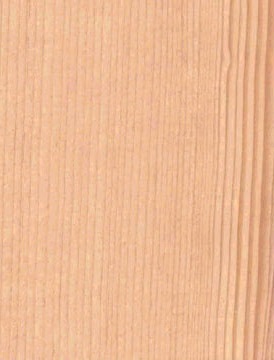The Impact of Wood on Your Guitar: A Closer Look
The choice of wood in guitar construction profoundly influences its appearance, feel, and sound. At Maybury Guitars, we celebrate the beauty and character of various woods that enhance our instruments.
Explore the unique properties of these woods and how they contribute to the artistry of Maybury Guitars. Each piece is carefully selected to create instruments that inspire and elevate your musical journey.
Alder- Alnus Glutinosa
Alder is a light coloured, red tinted hardwood, with a plain tight grain.
Used traditionally for solid bodies, but unfortunately it is getting harder to find.
It has a good tone, with warmth and sustain, good mids and bass, but lacking in trebles. Works well when combined with another wood such as cherry or maple which adds more treble to the mix.
Ash- Fraxinus sp
Ash is a light coloured hardwood with a wide straight grain.
The wide interesting grain pattern lends itself well to a solid body electric guitars.
We like to use it as it’s light colour and interesting grain work well with the other woods we use.
It has a loud and bright tonal character, with a strong midrange and a crisp bass.
Elm - Ulmus Americana
Elm is a mid brown coloured hardwood with a tight interlocking grain with patterned ridges.
Not traditionally used, however it is one of our favourite woods to work with. It has good tone with great looks and looks incredible when made up into a guitar body.
It has a warm tone with good sustain.
Ebony - Diospyros crassiflora
Ebony or Gabon, as it’s sometimes known, is a Black Hardwood with a very tight grain, but can have light coloured figuring depending on where in the tree it is cut from.
It is very dense and we like to use it primarily for fingerboards, however it can be used for nuts and saddles as well.
With rich mids and trebles, it also has powerful bass with lots of sustain and projection. It works well with a warmer toned wood such as elm for the body.
Maple -Acer saccharum
Maple is a blond coloured hardwood with a straight tight grain and ranges from quite bland to highly figured with quilting and flamed patterns.
We use it primarily in necks and for guitar tops, in combination with warmer tone woods.
It produces a clear, cutting, and bright tone and is very responsive in the mid to upper register with clear bass overtones.
Indian rosewood- Dalbergia Latifolia/Sisso
Indian rosewood is a hardwood that varies quite a bit in appearance. It is typically dark brown, but can have purple, brown, and red highlights.
This is primarily used by us for fretboards and it varies in tone from ebony as it has a warm, rich, responsive tone that has clear and tight bass projection without the sparkling midrange or trebles.
Cherry - Prunnus Serotina
Cherry is a reddish orange coloured hardwood with a straight grain that can have some figuring.
It isn’t your traditional guitar wood, but we like to use it as a complimentary wood for body tops and necks as it performs similarly to maple but, in our opinion, has a nicer tone.
It has a clean sound, with more sustain and clarity than maple, with good bass and mid-range.
Sapele - Entandrophragma cylindricum
A sustainable African hardwood from the mahogany family that we use instead of the traditional Honduran Mahogany, which is becoming endangered.
It ranges in colour from a dark brown to middle brown with a reddish tone and we use it for bodies, necks and in its amazing figured form, for guitar tops.
It has a very similar tone to mahogany, with good all round performance, with good bass, treble and a high sustain.
Oak- Quercus SP
Oak is a mid to light brown hardwood, straight interlocked grain, but with a coarse texture and grain pattern.
A very versatile wood that we have used for both bodies and necks.
We like the wide grain pattern and there is some stunning burr and figured oak out there that can also be used for guitar tops.
Because of its interlocking grain and high density, it has punchy bass, hard mids and clear and loud trebles. It can also work well when combined with warmer tone woods, adding another dynamic to the mix.
Spruce - Picea
There are a variety of species of spruce used in guitar making, it ranges in colour from creamy to light brown and tends to yellow with age. It has a tight grain and tends to be quite light in weight
It is primarily used in the production of hollow bodied guitars, but has been used for both semi hollow and solid body electric guitars, even by the likes of Fender.
Spruce has good even tonal qualities with a crisp and powerful, if uncomplicated sound, making it suitable for a variety playing styles











